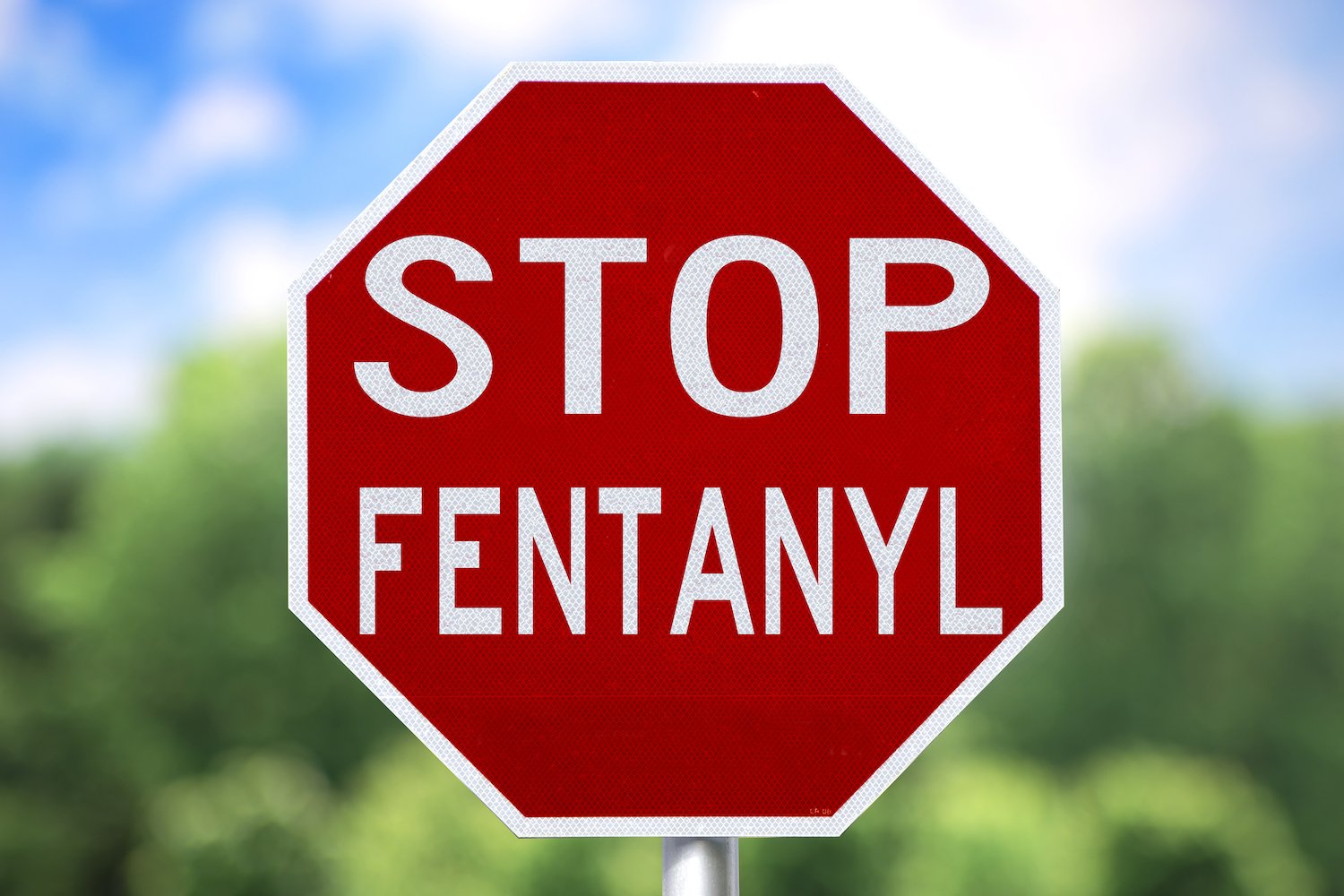The Life and Legacy of Our Founder and President
Mitchell S. Rosenthal, M.D.
One day in 1967, a young psychiatrist named Mitchell S. Rosenthal entered a dilapidated building on Manhattan’s Upper West Side where nine drug addicts in detox were living in squalor and trying to make it on their own. Mitch, as everyone called him, surveyed the situation and offered something they had never known before: hope. The roach-infested building would eventually become the hub for Phoenix House and its nationwide drug rehabilitation network that changed the face of drug treatment in the U.S. and abroad.
As we look back on Mitch’s extraordinary life and legacy following his sudden death in November at age 87, this encounter of many decades ago was a crucial turning point. At that time, the medical community and healthcare agencies routinely neglected substance users, who were held in contempt, considered outcasts, and stigmatized as deviants and moral degenerates. Few publicly funded drug treatment programs existed. Mitch changed all that by promoting a new therapeutic model he had learned about and pioneered as a Navy lieutenant treating drug addicted Vietnam War veterans.
Central to this idea was compassion. Mitch advocated serving the needs of those struggling with substance abuse, regardless of their circumstances. Equally important was addressing the psychosocial contexts and other forces that drive the condition, and creating a community-based model to counter it with support from professionals and peer counselors. Inspired in part by the original residents of Phoenix House, who all recovered from addiction, the organization grew to include 55 residential treatment centers in 10 states, with more locations around the world, as well as programs in prisons.
Mitch was the driving force behind this success. He became one of the most prominent voices for drug treatment in the United States, constantly urging government officials not to ignore the plight of those who were suffering. At the same time, he encouraged cultural and corporate leaders to support and contribute to Phoenix House. In the corridors of power and at galas and fundraisers, Mitch told hopeful stories of recovery and the potential of treatment to help individuals lead drug-free lives.
After decades as chairman and CEO of Phoenix House, Mitch stepped down in 2007 and established our organization. The work of the Rosenthal Center focused on advancing best treatment practices and conducting studies about the dangers of drugs, whether high-potency marijuana or lethal prescription opioids. Mitch continued to speak out, write commentaries, and leverage social media to warn a wider audience about the continuing scourge of addiction.
In the last years of his life, Mitch was appalled by the spiraling addiction and overdose crises that, over the past two decades, have killed more than 500,000 Americans. Believing we can end this tragedy, Mitch proposed policies to facilitate comprehensive treatment for all who desire it. His thinking evolved to include newer approaches such as medication-assisted treatment (MAT) and harm reduction—provided that they offered a pathway to treatment.
We at the Rosenthal Center and all those who knew Mitch are grateful for his guidance, wisdom, and strength. We remember him as a warm, generous, and engaging personality. He was a mentor, friend, and leader whose vision has had a profound impact on the lives of many. It is fitting for the final edition of the Rosenthal Report to honor his memory and values, which will continue to inform everything we do, both individually and collectively.
Ernest Beck
Francine Gonzalez
Diane Rush
Charles Sullivan
Leo Da Silva
Norwig Debye-Saxinger
Judi Wallace
* * *
An Appreciation: Mitchell S. Rosenthal, M.D.
The New York Times fondly remembers how Mitch "rose rapidly from a minor New York City official into the public face of residential addiction-treatment therapy nationwide."
The New York Times: Dr. Mitchell Rosenthal, Phoenix House Founder, Dies at 87
Nov. 19, 2022
“Mitch was a dear friend and mentor to so many. I have learned so much from this man.”
Kevin Sabet, CEO and President, Smart Approaches to Marijuana
“He was a hero to me. I served on his board at Phoenix House for more than 20 years and witnessed his uncanny ability to not only save lives but also to resurrect them. Under Mitch's leadership, Phoenix House became the most important drug rehabilitation center in America. He was a best friend, who was always there when one needed him. I will always miss that larger than life personality and his warm friendship.
Larry Leeds, Former chairman of Buckingham Capital Management
Published by New York Times on Nov. 17, 2022.
“Getting to know Dr. Rosenthal over these few years and hearing him speak about his legacy at Phoenix House, you felt as though he would live forever doing the work he so loved. For the many lives he touched and will continue to touch, since 1967, we are forever grateful. Rest in Power, Mitch!”
Ann-Marie Foster, President and CEO, Phoenix Houses of New York & Long Island
“Mitch was instrumental in establishing and developing the drug treatment field in America. Through his pioneering work he allowed so many of us to create programs, evolve treatment strategies, all the while de-stigmatizing addiction. Personally, Mitch showed me support and compassion throughout my career, most recently embracing the work of Odyssey House. I will remain indebted to him and do my best to honor his legacy.”
Peter Provet, President and CEO, Odyssey House NYC
“Mitch had a profound impact on my life. We knew each other for fifty plus years and he was a very present fellow traveler during my journey. He was a mentor that provided encouragement and guidance during times of growth and support during times of challenge. He will be deeply missed and always remembered by me and all whose lives were changed and improved by his presence.”
Ronald Williams, Colleague
On behalf of all of the members of Treatment Communities of America (TCA), I would like to send my deepest condolences to Mitch's family. Mitch was a great leader and pioneer in the SUD field, and he will surely be missed. Mitch was part of TCA at the very beginning. Our organization would not be what it is today if it were not for Mitch's guidance and leadership. May he rest in eternal paradise!
Patricia Clay, Executive Director, Treatment Communities of America

































